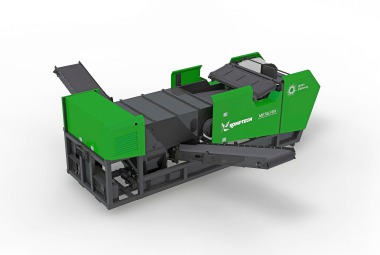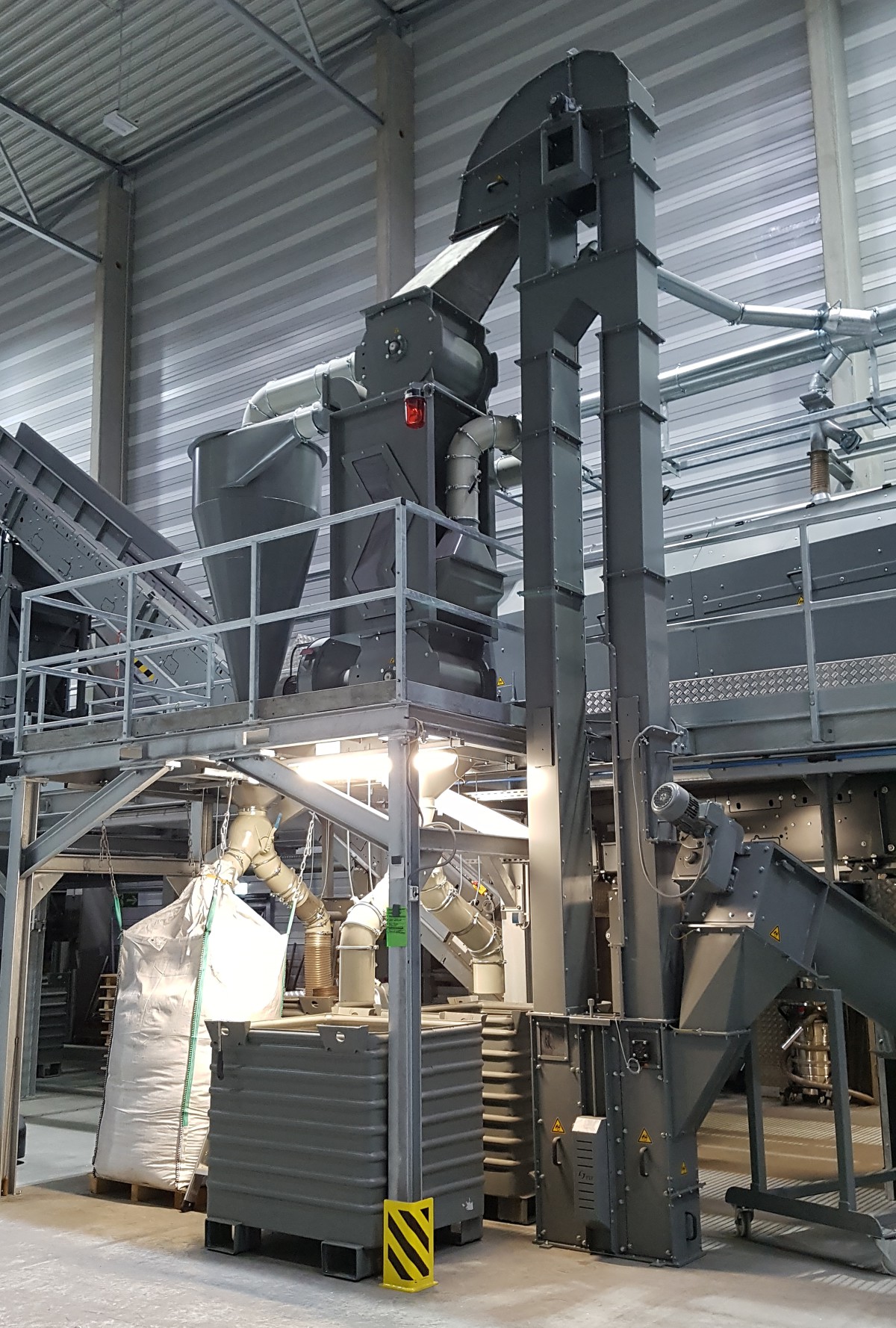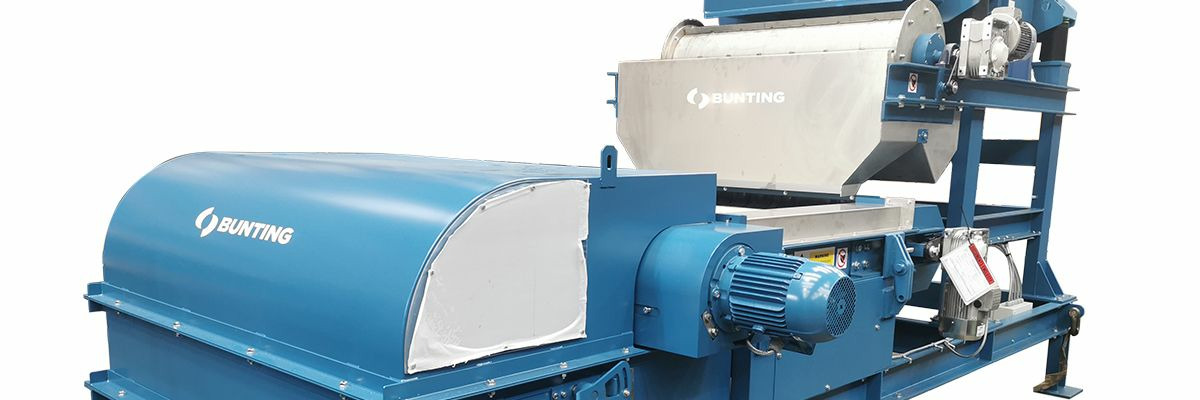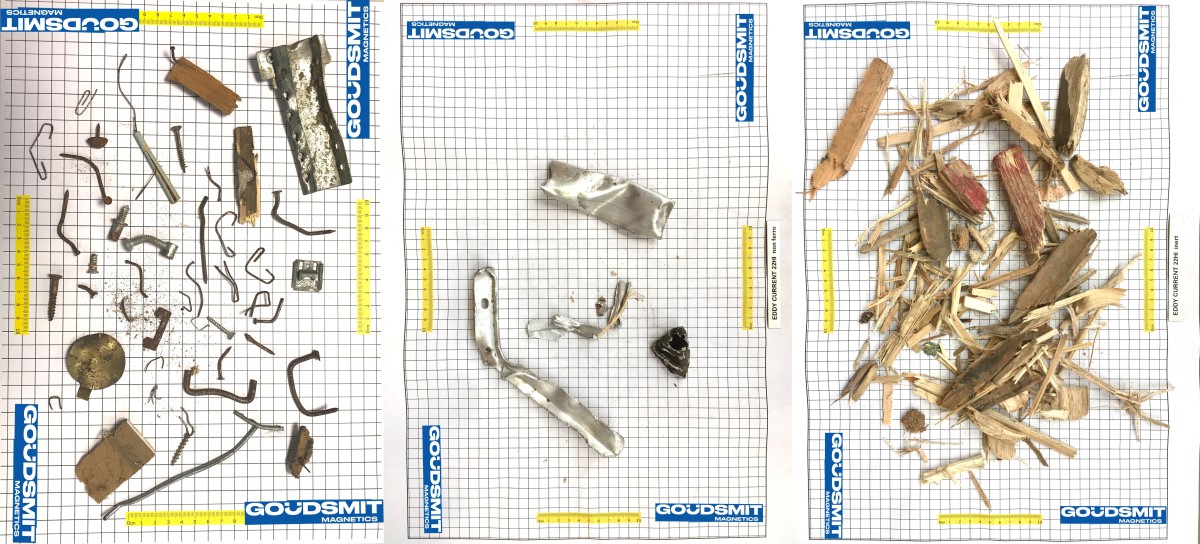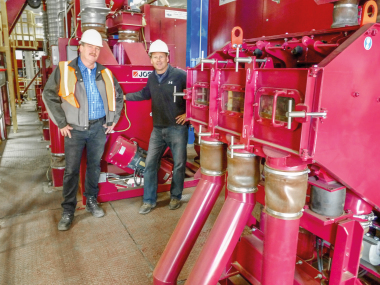Mobile metal separation is increasingly becoming the norm
22.11.2019
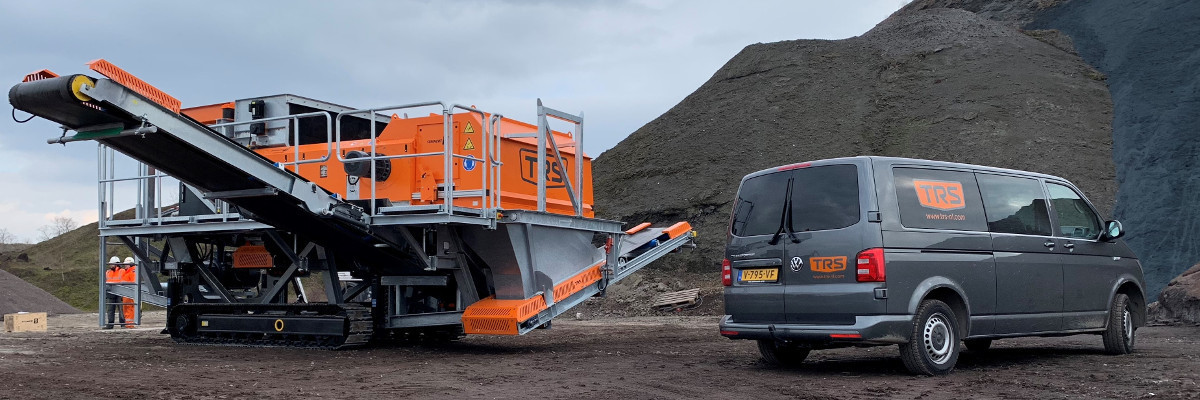 Mobile metal separation plant
Mobile metal separation plant
© TRS BV
More and more recyclers are considering mobile metals separation from their recycle materials. More and more depth is being sought in the recycling of these materials, which is why more and more metals, such as ferrous and non-ferrous metals, are being separated on location by mobile equipment. The company TRS BV – Metal Recovery Solutions – specialist also notices this. In the past year the company have sold and delivered a large number of mobile metal separation plants to leading European recycling companies which indicates the need, according to Eugène van den Boomen, Sales Manager at TRS BV.
Hard to reach
Due to the ever-increasing legislation and measures regarding recycling, such as banning the export of waste to China, or restrictions on the application of certain recycling streams, companies are constantly upgrading their recycling streams. "That means that sometimes you need to go to places that are hard-to-reach. And you have to recover the added value locally, in this particular case the non-ferrous metals," said Jörgen Sassen, general manager of Steelage Czech Republic, an important service provider for the steel industry. This year Steelage Czech Republic has purchased a caterpillar mobile Eddy Current separator with integrated magnetic separator, that has been developed and delivered in consultation with TRS BV into a custom-made concept. With this mobile metal separator, Steelage is now extracting additional metals (ferrous and non-ferrous) from Shredder-sand materials which otherwise never would be processed. These flows are released from various recycling processes and are temporarily stored on site and then processed periodically, locally and mobile.
Mobile separation machines
In general there are many types of mobile separation machines, such as mobile conveyor belts, crushers / shredders, sieves, hand-sorting booths, windshifters. Additionally now also various mobile Eddy Current separation machines, that take care of the total metal separation. For this TRS developed a robust, user-friendly machine suitable for the more difficult recycling streams such as incinerator bottom ash. The machine ensures that the incoming recycling flow is first distributed as optimal as possible. The ferrous metal is then separated by a magnetic roller and discharged via a conveyor belt. Then the material flow is perfectly prepared for the next step, the actual non-ferrous metals separation. This way the total metal recovery is very efficient. The non-ferrous metals fall directly from the metal discharge side into a container for further processing and the recycling flow (without the majority of the metals) is neatly deposited on a heap through a discharge conveyor belt.

